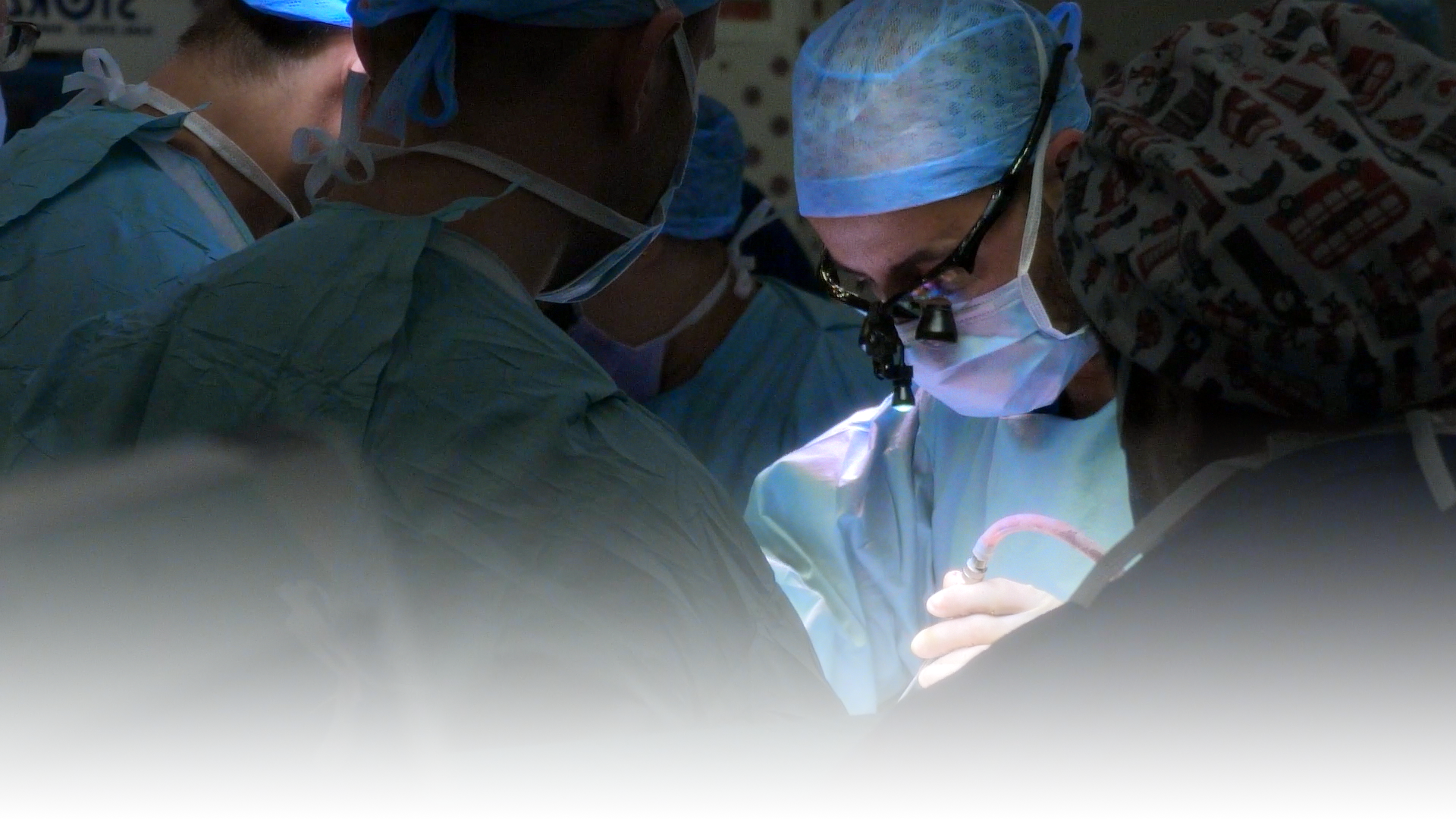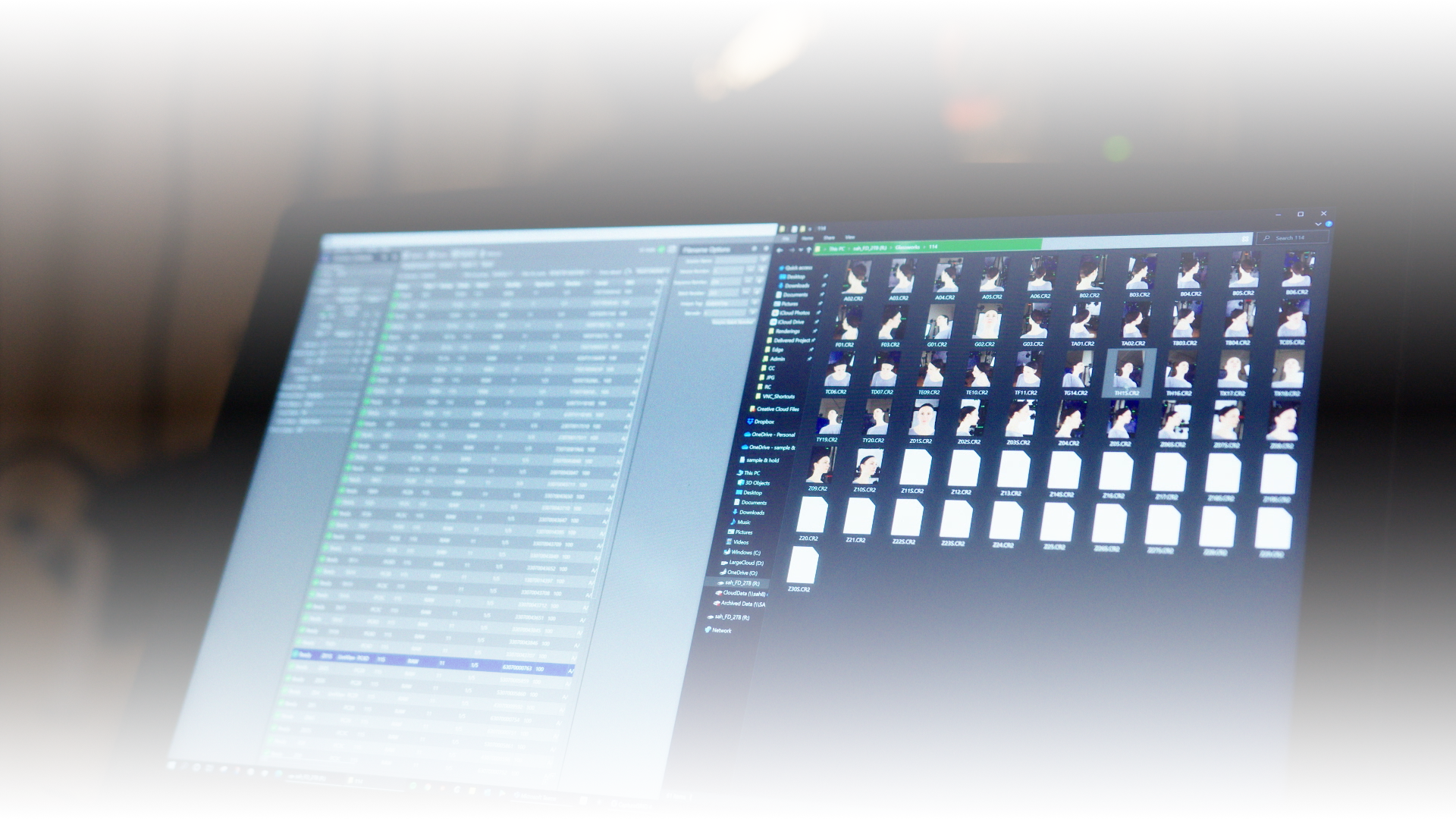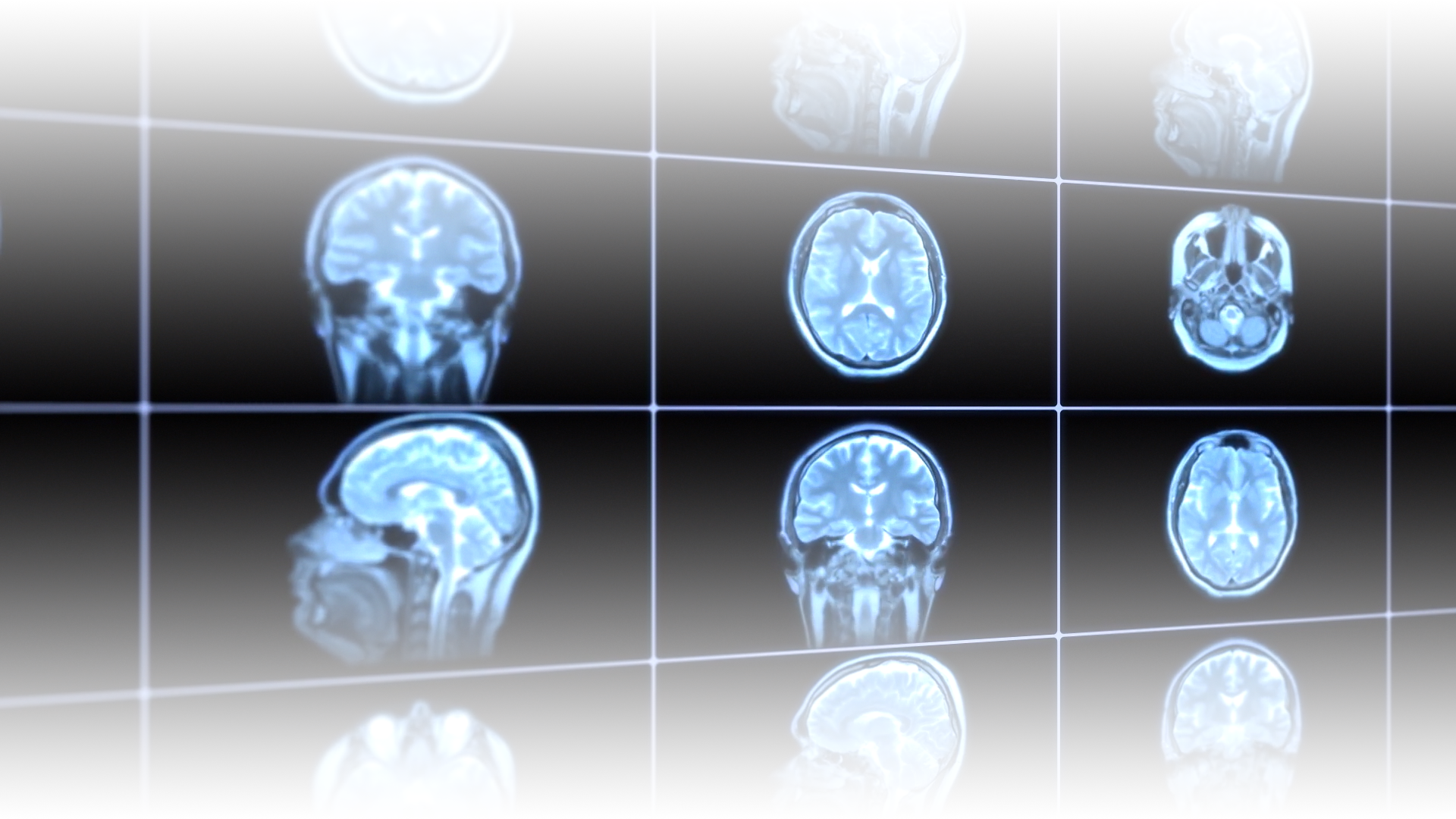
Revolutionizing Craniofacial Surgery
Klay - The AI Driven software platform that will transform Craniofacial Surgery
The Problem
The current state of the art Craniofacial surgical practice is a highly surgeon specific and speculative.
It utilises labor intensive processes with limited accuracy and mixed outcomes.
The Klay Solution
The Klay platform will utilises AI to achieve an unparalleled level of precision, personalised outcomes designed collaboratively between patients and surgeons.
Klay’s AI algorithm will calculate necessary bone shape changes to achieve the desired soft tissue look. This data will be used to automate surgical planning and implant design.

The Benefits
Patient-Centric: Puts patients in control of their surgical journey and outcomes.
-
Precise Planning: Provides an unparalleled level of surgical planning and implant design.
-
Efficient Workflow: AI platform will automate labour-intensive tasks for improved efficiency and safety.
-
Market Opportunity
The global market for custom implants in aesthetics and reconstructive procedures is valued at £2.6bn. Klay has identified significant opportunities in the UK, Germany, France, and the USA.
Distribution
Klay will be offered through a subscription model with additional fees for implant design.
Klay will transform craniofacial surgery by leveraging AI to deliver personalized, precise, and efficient surgical planning and outcomes

Our Team
SENIOR MANAGEMENT TEAM
-
Co-Founder, Inventor & Paediatric Neurosurgeon
_____
Owase is a world-renowned paediatric neurosurgeon, philanthropist, inventor and entrepreneur based at Great Ormond Street Hospital in London.
Owase was the Head of the Neurosurgery Division at GOSH from 2012 until 2018. He established it as one of the largest paediatric neurosurgery services in the world and one of the flagship services at GOSH. His leadership and work have brought substantial international recognition to GOSH and the NHS. Owase is a Principal Investigator of FaceValue, a UCL-based research team of scientists and biomedical engineers that design machine-learning algorithms to predict and improve surgical outcomes. He’s also the inventor of CranioXpandTM, a cranial distractor system to make surgery safer and more cost-effective. In 2018 Owase founded Gemini Untwined, a global charity set up to assist and treat Craniopagus twins. Since then he has led on 3 further sets of Craniopagus twin separation procedures.
Owase was ranked in Time Magazine’s top 100 surgeons in the UK in 2011 and the top 100 paediatric specialists in the UK in 2012.
-
Co-Founder Chairman, Inventor & Craniofacial Surgeon
_____
David is a global expert in Craniofacial Surgery and Cranial Morphometrics. He leads the Craniofacial Surgery Unit at Great Ormond Street hospital and is a Principal Investigator at FaceValue leading a team of biomedical and software engineers at UCL. His clinical and research focus over the past 25 years has been on developing devices and software platforms to improve outcomes in Craniofacial surgery.
During his career, David has undertaken thousands of complex craniofacial procedures including four sets of Craniopagus twin separations. In 2016 he was awarded a CBE in recognition to his exceptional contribution to facial surgery, globally.
-
Co-Founder & Head of Software Development
_____
Hector set up Glassworks in 1996 and helped build and establish the world’s first open architecture VFX facility in New York.
Initially they provided specialist higher-end visual effects to producers of commercials and pop promos.
Utilising the skills of the deeply talented teams of artists within the VFX business, they established a special projects division, creating real-time interactive bespoke products in AR, VR and holographic displays. This led to building Heartworks for UCLH. This was a medical simulation, created by model builders and animators, which assisted in the teaching of cardiac anatomy and manikin-based simulation in echocardiography.
It was a global success that inspired the foundation and development of The Klay Platform.

SCIENTIFIC TEAM
-
3D Modelling Engineer
_____
Eimear received the BEng degree in electronic and computer engineering from the University of Limerick, Limerick, Ireland, and the MRes degree in medical robotics and image guided intervention from Imperial College London, London, United Kingdom, in 2016 and 2018, respectively.
She completed her PhD in “Statistical Shape Modelling for Hard and Soft Tissue of the Human Head” at Imperial College London under the supervision of Prof. Stefanos Zafeiriou and is currently awaiting her viva.
Her research interests include geometric deep learning, computer vision, and 3D facial landmark localisation for the analysis and characterization of craniosynostosis.
-
Professor of Biomedical Engineering, UCL
_____
Silvia Schievano is Professor of Biomedical Engineering at UCL Institute of Cardiovascular Science, GOS Institute of Child Health & Great Ormond Street Hospital for Children, London, UK.
She graduated in Biomedical Engineering from Politecnico of Milan, Italy, and pursued her PhD degree in Clinical Cardiovascular Engineering at Great Ormond Street Hospital for Children, UK.
In 2013, Silvia was appointed as a Lecturer at UCL & Great Ormond Street Hospital where she has been leading since on engineering research in congenital diseases, predominantly cardiovascular and craniofacial.
Her main research activities focus on translating engineering technologies into clinical practice, in particular patient specific simulations of complex congenital disease cases, statistical shape modelling and population analyses, and design of new devices and treatments.
-
Research Associate Department of Computing, Faculty of Engineering, Imperial College London
_____
Simone Foti is a Postdoctoral Researcher in the Department of Computing at Imperial College London. Previously, he obtained a PhD at the University College London (UCL) by researching “Latent Disentanglement for the Analysis and Generation of Digital Human Shapes”, which found applications in computer vision, graphics and plastic surgery.
During the PhD, he gained industry experience as a Research Scientist Intern at Disney Research Studios (Zurich) and Adobe Research (Paris).
Simone also obtained an MRes in Medical Imaging from UCL, an MSc in Biomedical Engineering at Politecnico di Milano, and a BSc in Computer Science at the University of Trieste. Currently, his research interest lies at the intersection of geometric deep learning, computer graphics, and computer vision.
Through his research, Simone strives to understand how to solve problems in non-Euclidean domains such as graphs and meshes.
-
Assistant. Professor, Department of Engineering, University of Durham
_____
Alessandro Borghi is currently Assistant Professor at the Department of Engineering, University of Durham, UK He obtained his PhD in Biomedical Engineering at Imperial College London in 2008.
He was a post-doctoral researcher at Imperial College in 2009-2013 and at Great Ormond Street Institute of Child Health in 2013-2022. He is a member of the Institute of Physics in Engineering and Medicine. His present research mainly focuses on Numerical Modelling of Craniofacial Surgery procedures.
He is an author of 58 publications in peer-reviewed journals, 2 chapter books and more than 100 contributions to International and National Conferences.
-
3D Engineer, Great Ormond Street Hospital
_____
Luke Smith is a design engineer specialising in 3D printing and healthcare technologies. Luke brings over eight years of experience at the intersection of engineering, design, 3D printing and healthcare innovation. Luke earned an MEng in Product Design & Manufacture from the University of Nottingham before further developing his expertise in industry.
Currently at Great Ormond Street Hospital (GOSH), he has transformed a charity-funded project into a fully integrated 3D lab, in addition to collaborating with the FaceValue UCL Craniofacial Research Group. His initiatives resulted in a 250% increase in clinical output and development of multiple new custom medical devices tailored to specialties such as craniofacial, neurosurgery, and audiology.
His research contributions include authorship on ten peer-reviewed publications and co-leadership of the “European Reference Network’s (ERN) Cranio 3D Photography Workgroup”, where he collaborates internationally to create guidelines for 3D photography applications in healthcare.
Driven by a commitment to improving patient outcomes through technological innovation, Luke is now focused on harnessing his clinical and industry knowledge to drive forward advancements in surgical simulation for craniofacial care.

THE GLASSWORKS SOFTWARE DEVELOPMENT AND VFX TEAM
-
_____
Henry has 13 years of experience developing high-quality interactive medical applications for mobile, web, XR and desktop platforms.
Collaborating with clinicians and 3D visual FX artists on groundbreaking projects, including HeartWorks, recognised as the most in-depth and realistic simulation of cardiac anatomy and echocardiography available, and Perfect Eye by Orbitology, considered the most realistic anatomical model of the human eye.
-
_____
Natalia is a project manager with over 10 years of experience across the publishing, IT, and MedTech industries, specialising in delivering complex projects and leading cross-functional teams.
Working alongside talented developers and 3D artists at Glassworks, Natalia ensures that projects like Perfect Eye and Klay run smoothly, make sense for all teams involved, and are delivered on time and within budget.
-
_____
For 25 years, Julian has been working in the visual FX industry as a 3D artist across films, commercials, and games.
His recent work on medical visualisations for groundbreaking products like Heartworks and Orbitology showcases his versatility.
Julian's work on these projects involves simulating the intricate blood flow in the heart and crafting an accurate model of the eye, blending art and science to illuminate the complexities of the human body.



















